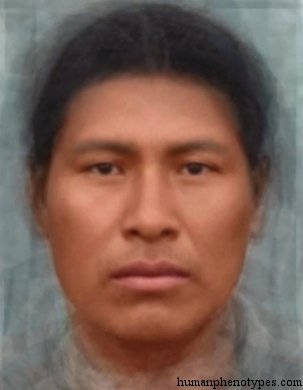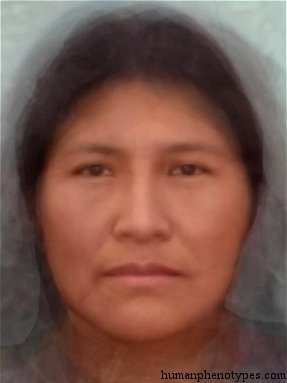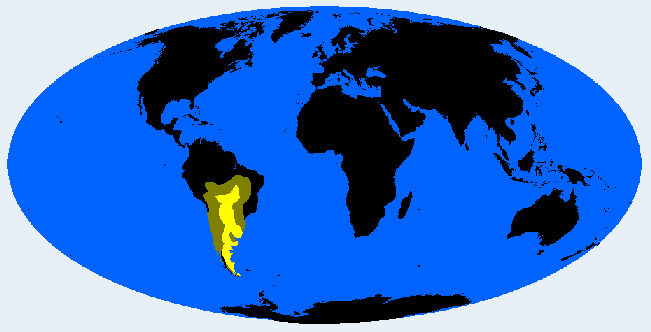Description:
South American group, native to the grasslands of Patagonia and the Pampas. Some of its (now extinct) varieties showed the greatest body mass of all humans worldwide. Like other Native Americans, it arrived with ancient migrations across the Bering Strait, followed by subsequent expansions to the South. Patagonids are tall, large-headed people, with broad, robust bodies, skulls are short or medium-long, significant supraorbital arches, large, angular, slightly flattened face, slanting eyes, narrow to medium-wide, prominent nose, broad mouth, straight hair, light to medium olive-brown skin. The most typical variety is the very tall, rather fair-skinned Patagonid (proper). In the North, a darker, broader-nosed and -skulled Bororo variety is found. The Pampas are home to a gracilised, longer-skulled Pampid. The southern, most typical Patagonid is almost extinct today due to European colonisation, the two northern varieties are still vivid.Names:
Patagonid (Eickstedt, 1937. 1952; Canals-Frau, 1950; Lundman, 1967; Vogel, 1974; Knussmann, 1996), Pampid (Eickstedt, 1934; Imbelloni, 1958), Patagonian (Debets, 1974), Amérindienne des Pampas (Vallois, 1967), Pampeana (Biasutti, 1967), South Atlantid (Drexel, 1955), Homo patagonicus (Bory, 1927).





